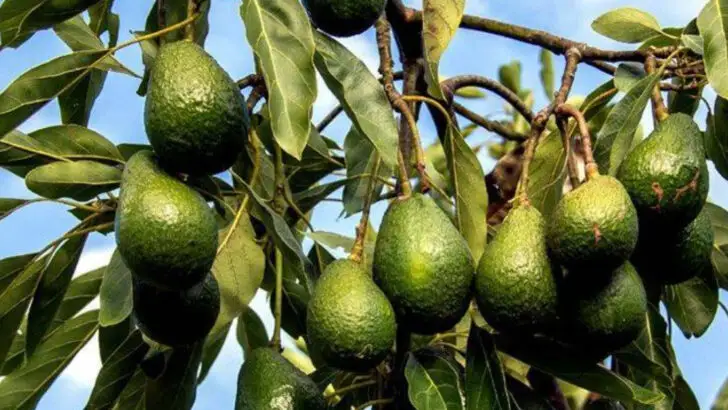The rise of backyard bartering is no longer just a niche movement. Across the U.S., gardeners are discovering that certain crops are just as valuable for trading as they are for eating. In fact, the right plants can become currency in local communities.
From rare herbs to fast-growing produce, these garden goods are being swapped for everything from eggs and honey to professional services. And it’s not just in rural towns—urban gardeners are tapping into hyper-local economies, too.
If you’ve ever thought about making your garden work for you beyond the dinner table, this list will show you which plants actually carry trade value—and how you can grow them with minimal effort.
Lavender
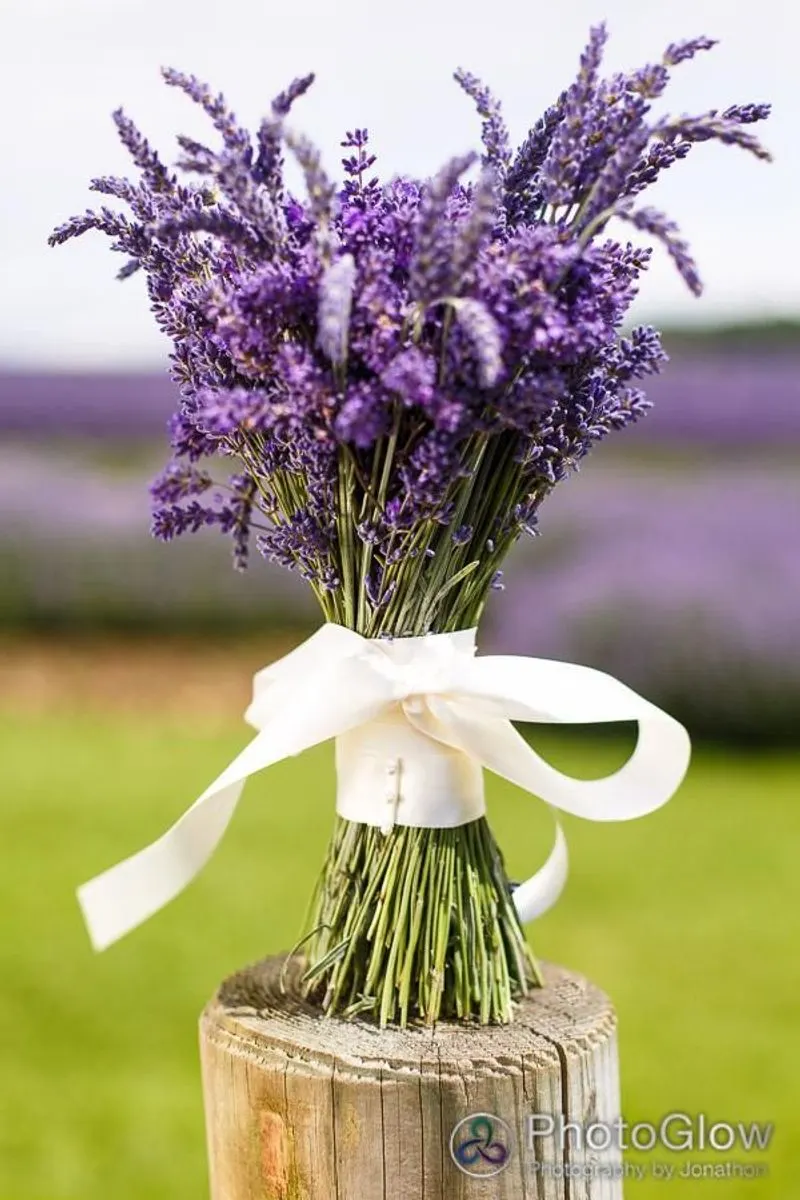
A beloved plant for its calming fragrance, lavender is not just a staple in aromatic gardens but also in the trade market. It’s prized for essential oils, which find their way into perfumes, cosmetics, and therapeutic products. The plant’s vibrant purple flowers are a sight to behold, making it a popular choice for ornamental purposes. Beyond its beauty, lavender offers practical benefits, including pest resistance and drought tolerance. Its versatile nature makes it a valuable asset in various industries, from beauty to medicine. Farmers grow lavender as much for its economic benefits as for its aromatic pleasure.
Hemp
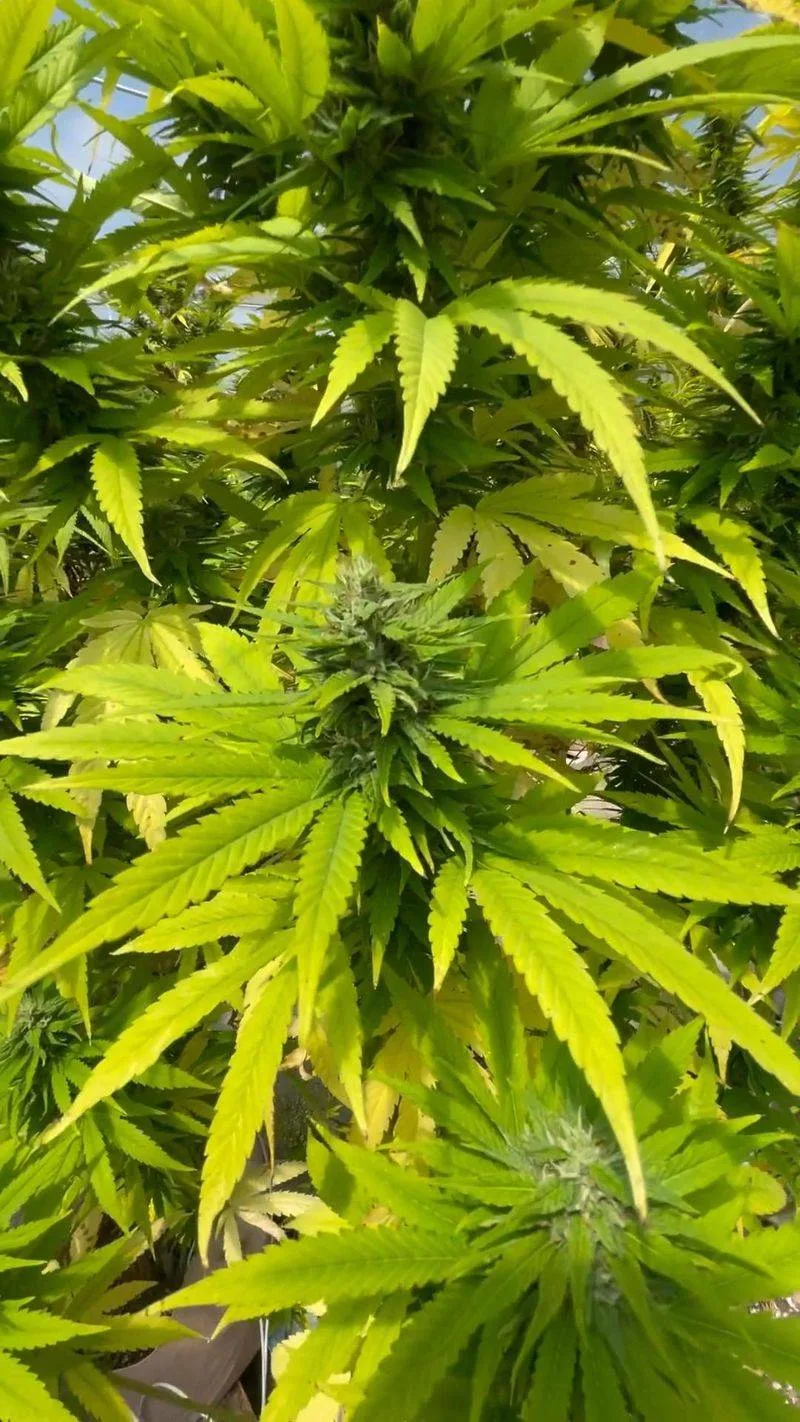
Once stigmatized, hemp is now hailed as a sustainable crop with immense trade potential. Its fibers are used in textiles, ropes, and biodegradable plastics, while seeds provide nutritious oils and foods. Hemp cultivation supports eco-friendly farming practices, as it requires minimal pesticides and enriches the soil. The plant’s versatility sees it woven into various industries, from fashion to automotive. As demand for sustainable materials rises, hemp’s importance in trade continues to grow. Its resurgence in American agriculture marks a significant shift towards more environmentally conscious practices, reflecting a broader trend in global trade.
Ginseng
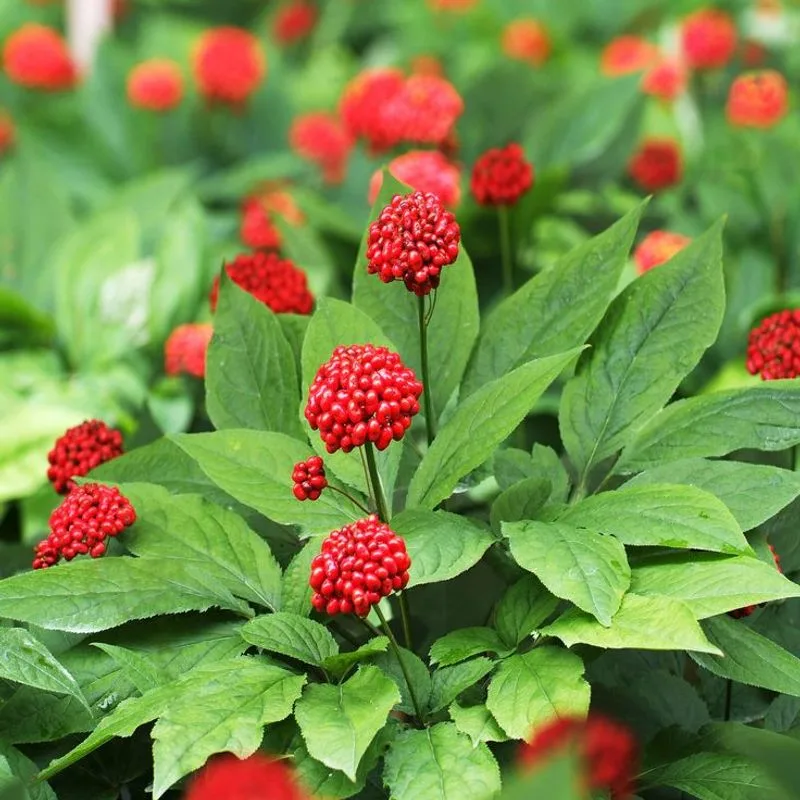
Ginseng’s roots run deep in both soil and tradition, revered for medicinal properties that fetch high prices. This root is a cornerstone of Eastern medicine, known for boosting energy and immunity. American ginseng, distinct from its Asian counterpart, thrives in the Appalachian region, where it’s harvested for global markets. Its cultivation requires patience, with roots reaching maturity over several years. What makes ginseng particularly valuable is its rarity and the meticulous care needed for quality production. As a high-demand export, ginseng underscores the economic potential of traditional plants in modern trade.
Saffron Crocus
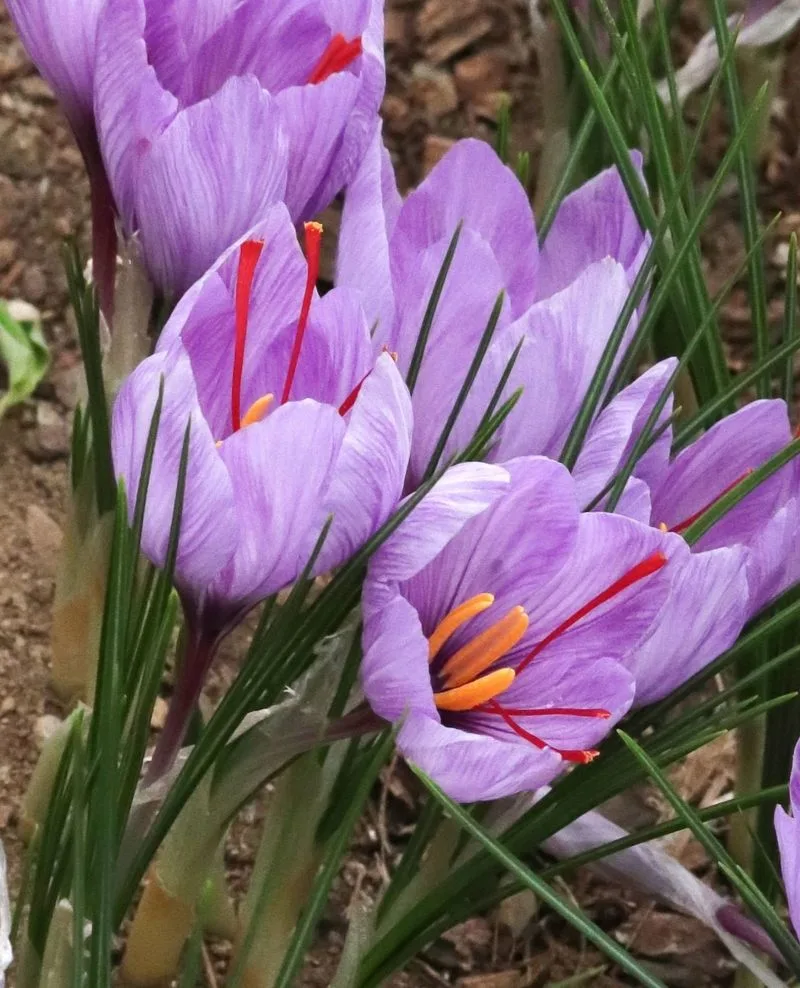
The alluring saffron crocus is a treasure trove of flavor and color, producing the world’s most expensive spice. Saffron stigmas are painstakingly hand-harvested, requiring thousands of flowers for a single ounce. This labor-intensive process adds to its trade value, driving cultivation in regions with Mediterranean climates. Beyond culinary uses, saffron is valued for its medicinal and dyeing properties. Its vivid hue and distinctive taste make it a cherished ingredient in global cuisines. The cultivation of saffron crocus in America not only enriches palates but also contributes to a lucrative spice trade.
Aloe Vera
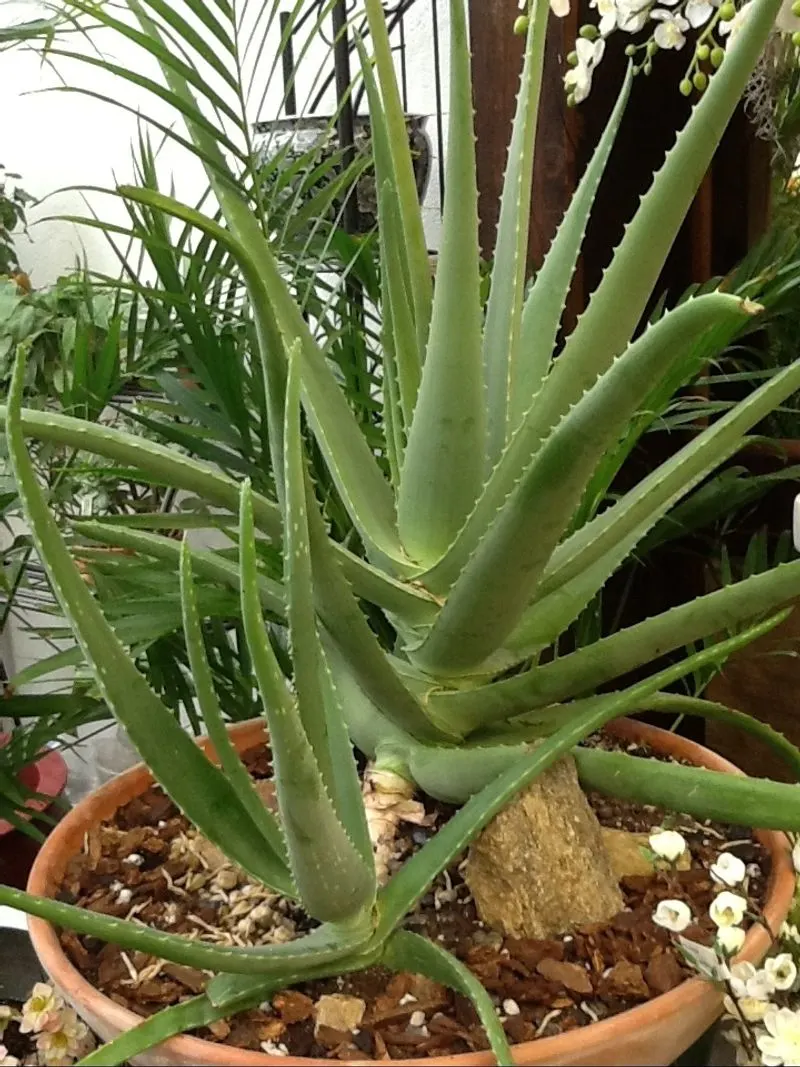
With its thick, succulent leaves, aloe vera is a staple in skincare and health industries. Known for soothing properties, it’s a key ingredient in lotions, gels, and ointments. Aloe’s adaptability makes it easy to grow, requiring little water, which enhances its appeal for sustainable agriculture. Its gel is not only beneficial for skin but also used in beverages and dietary supplements. As an export, aloe vera plays a crucial role in international trade, particularly in the wellness sector. This plant’s versatility and demand ensure its continued cultivation and economic significance.
American Ginseng
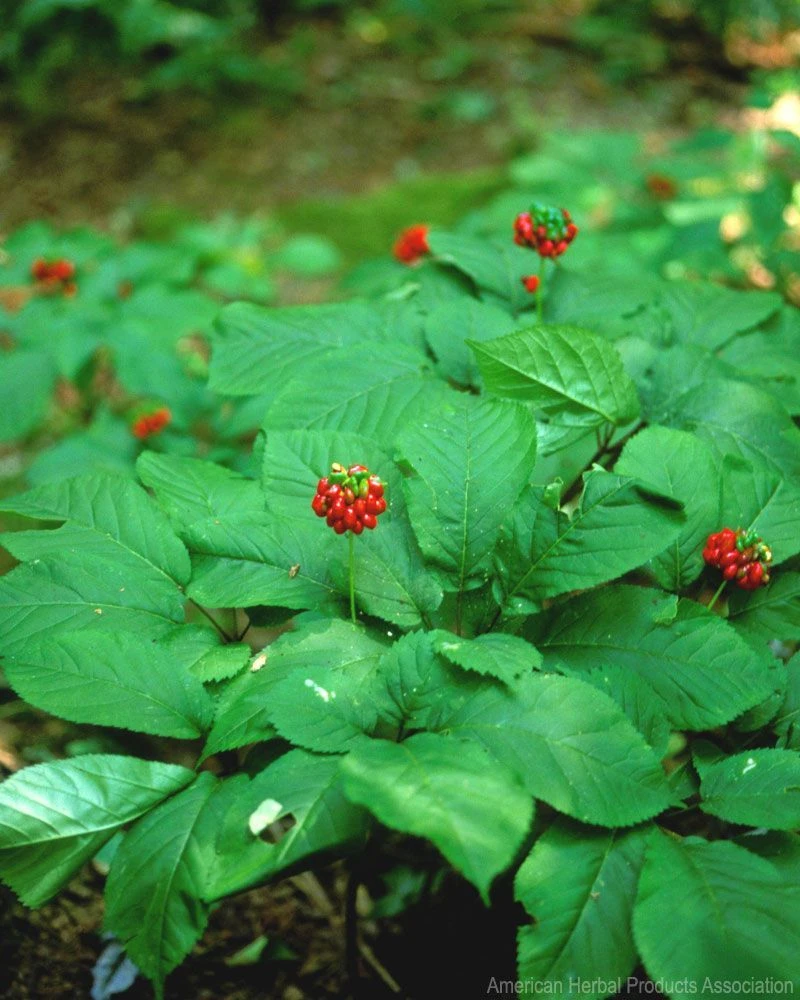
A staple of traditional medicine, American ginseng is celebrated for its health benefits, including stress relief and immune support. Growing primarily in North America’s shaded woodlands, it’s highly valued in Asian markets. Harvesting requires careful timing and sustainable practices to maintain its delicate ecosystem. Its export underpins a significant part of the herbal trade economy. American ginseng’s appeal lies in its dual role as a health product and a lucrative export. Its cultivation supports biodiversity while providing economic incentives, illustrating a harmonious blend of nature and commerce.
Grapes for Wine
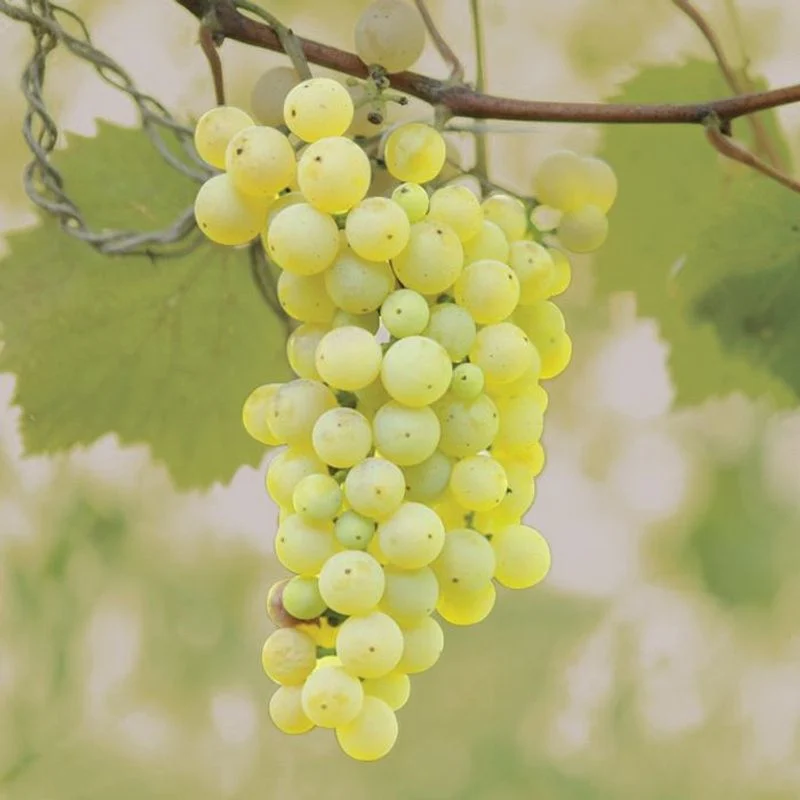
The cultivation of grapes for wine is an ancient tradition that continues to flourish in modern trade. Vineyards across the U.S. produce a variety of grapes, each contributing to the rich tapestry of flavors in wines. The wine industry not only boosts agriculture but also tourism, drawing enthusiasts to wine-tasting events and vineyard tours. Grapes’ transformation into wine involves a meticulous process, reflecting craftsmanship and cultural heritage. As a trade commodity, wine exports bolster the economy, showcasing the agricultural prowess of American vineyards on the global stage.
Maple Trees

Maple trees, beyond their autumnal beauty, are pivotal in the production of maple syrup, a sweet indulgence with global appeal. The process of tapping maple trees for sap is both an art and a science, requiring precise conditions to yield the best syrup. This quintessentially North American product is exported worldwide, with demand peaking during festive seasons. Maple syrup’s rich flavor complements a variety of dishes, making it a versatile culinary ingredient. The cultivation of maple trees supports local economies and preserves a cherished tradition, reinforcing its status in international trade.
Orchids
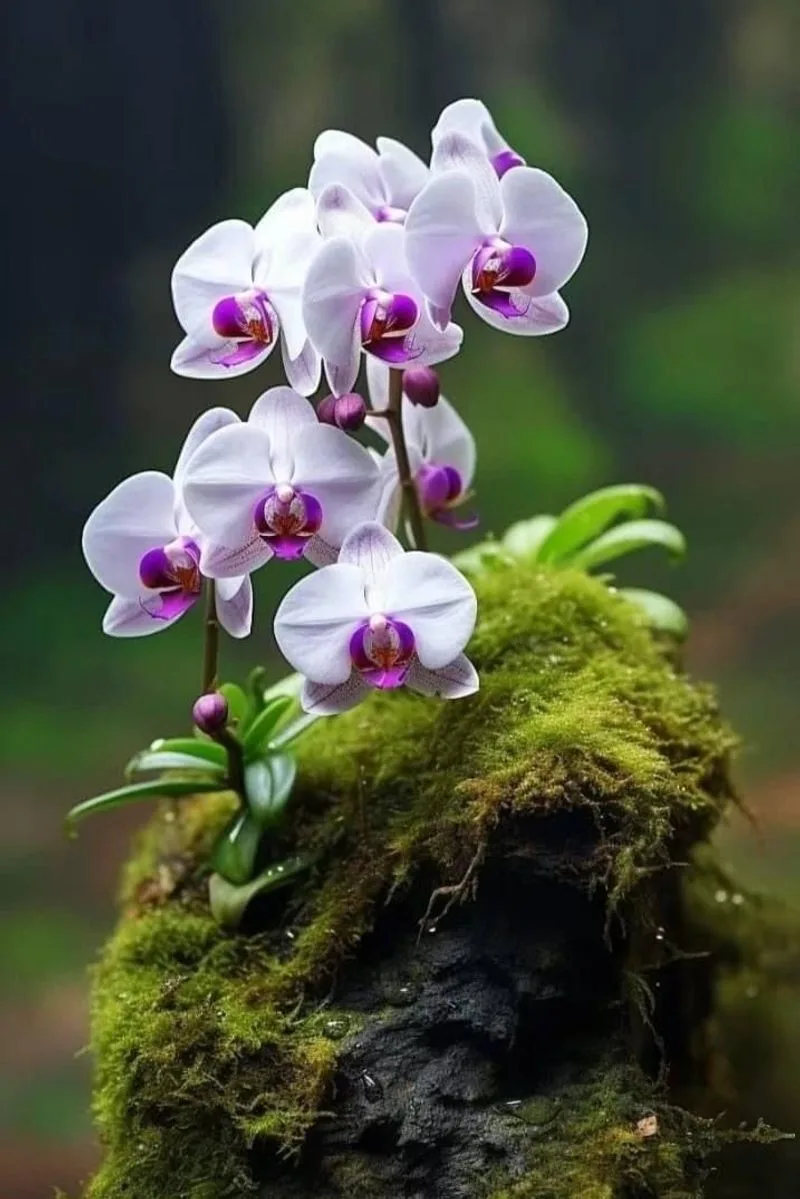
Orchids captivate with their exotic beauty and intricate patterns, making them a prized possession among collectors and florists alike. Cultivated in greenhouses, these flowers command high prices in domestic and international markets. Orchids’ appeal lies in their diversity, with thousands of species offering endless possibilities for hybridization. Beyond aesthetics, they symbolize luxury and refinement. The trade of orchids is a thriving industry, with conservation efforts ensuring sustainable growth. Their allure fuels an ongoing fascination, highlighting the delicate balance between commercial cultivation and preserving biodiversity.
Eucalyptus

Eucalyptus trees, known for their refreshing scent, are cultivated for both ornamental and practical purposes. Their fast-growing nature makes them ideal for timber, pulp, and essential oil production. Eucalyptus oil finds use in therapeutic and cleaning products, valued for its antiseptic properties. The wood serves diverse industries, from construction to paper manufacturing. As a trade plant, eucalyptus supports a sustainable forestry model, balancing ecological impact with economic benefits. Its adaptability to different climates aids in global cultivation, making it a versatile and significant player in the trade arena.
Chia
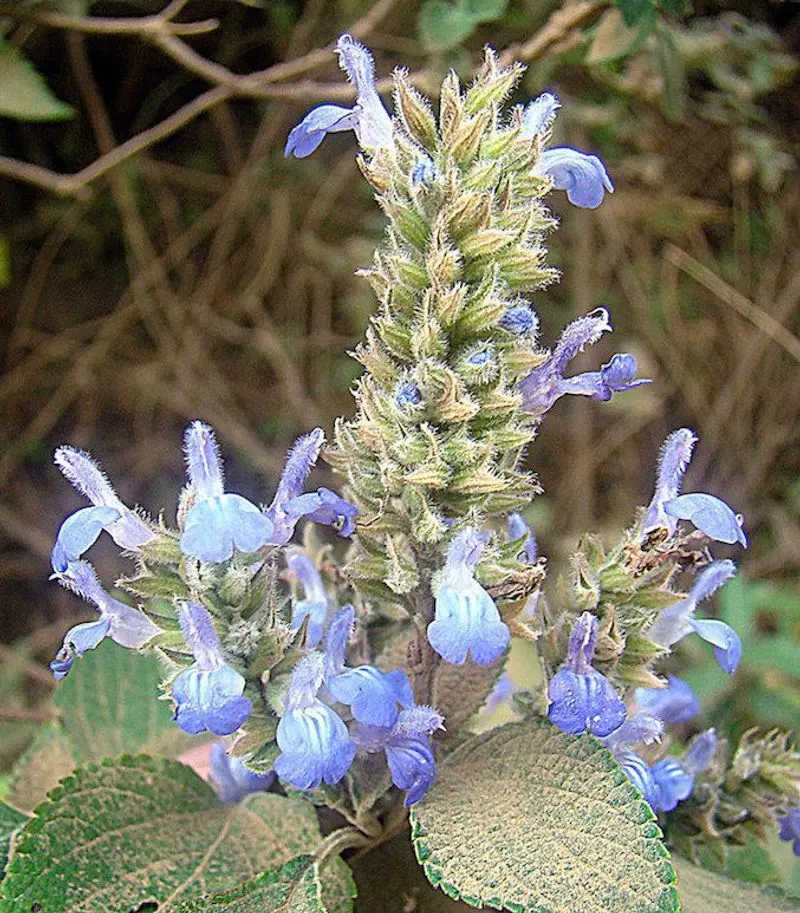
Chia seeds, once a staple of ancient Aztec diets, have emerged as a modern superfood with robust trade demand. These tiny seeds are packed with nutrients, including omega-3 fatty acids, fiber, and protein. Their versatility shines in various culinary applications, from smoothies to baked goods. Cultivation of chia supports sustainable farming, as the plants require minimal water and are adaptable to different climates. The rising popularity of health foods has propelled chia into a lucrative market position, reflecting a growing consumer interest in nutrition-driven products.
Tea Camellia
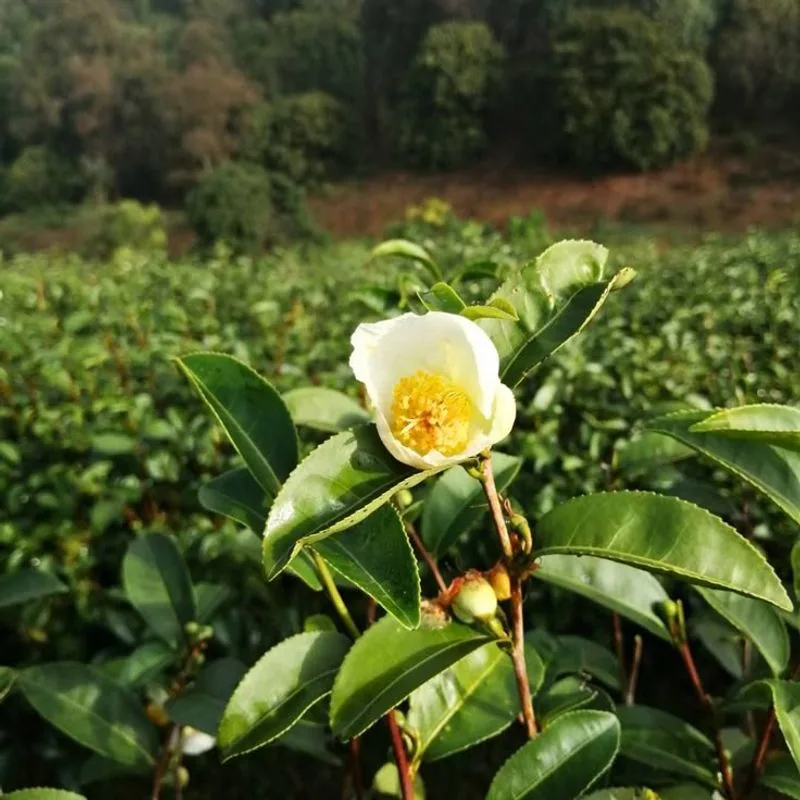
The tea camellia bush is the origin of one of the world’s most cherished beverages. Grown in regions with specific climate conditions, the leaves are hand-picked, reflecting a tradition steeped in precision and care. Tea production in the U.S., though modest, focuses on high-quality blends that cater to niche markets. The plant’s cultivation supports local economies and offers a sustainable farming model. As tea continues to gain popularity, especially for its health benefits, the camellia’s role in trade underscores a dedication to quality and cultural appreciation.
Cranberries
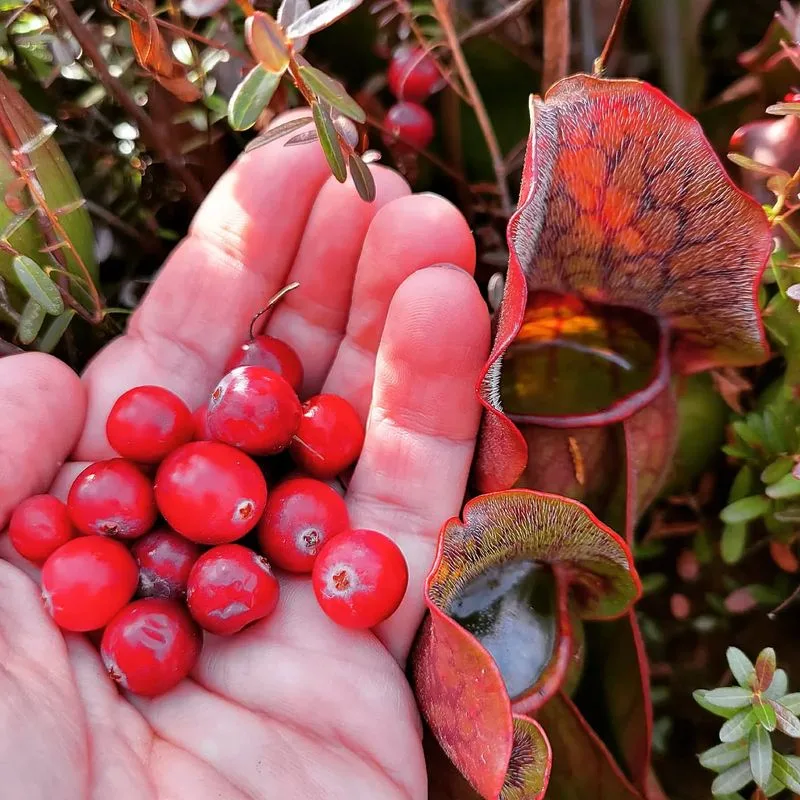
Thriving in bogs, cranberries are a quintessentially American fruit with a rich cultural heritage and economic value. Harvesting involves a unique wet method, where fields are flooded, and berries are scooped from the water’s surface. This process, coupled with the berry’s tart flavor, makes cranberries a staple in holiday dishes. As an export, cranberries enhance the U.S.’s agricultural portfolio, with growing demand in Europe and Asia. Their antioxidant properties further elevate their appeal, positioning them as both a healthy food option and a significant trade commodity.
Lavender
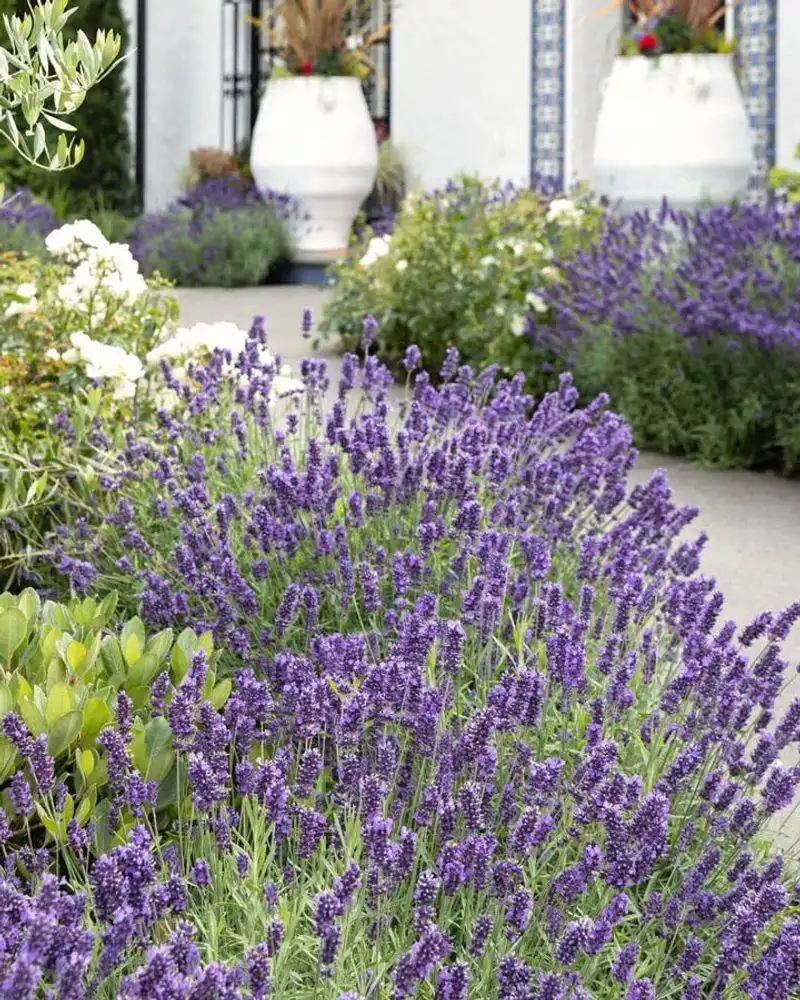
Known for its soothing aroma, lavender is cherished not only in gardens but also in trade. Essential oils derived from lavender are integral to perfumes, cosmetics, and therapeutic products. Its vibrant purple blossoms make it a favored ornamental plant, while its resilience adds to its desirability. Lavender’s multifaceted uses extend to pest control and drought-resistant landscaping. The plant’s economic value is significant, as it supports industries ranging from beauty to healthcare. Its cultivation highlights the blend of aesthetic pleasure and commercial utility, rendering it a staple in agricultural trade.
Seaweed
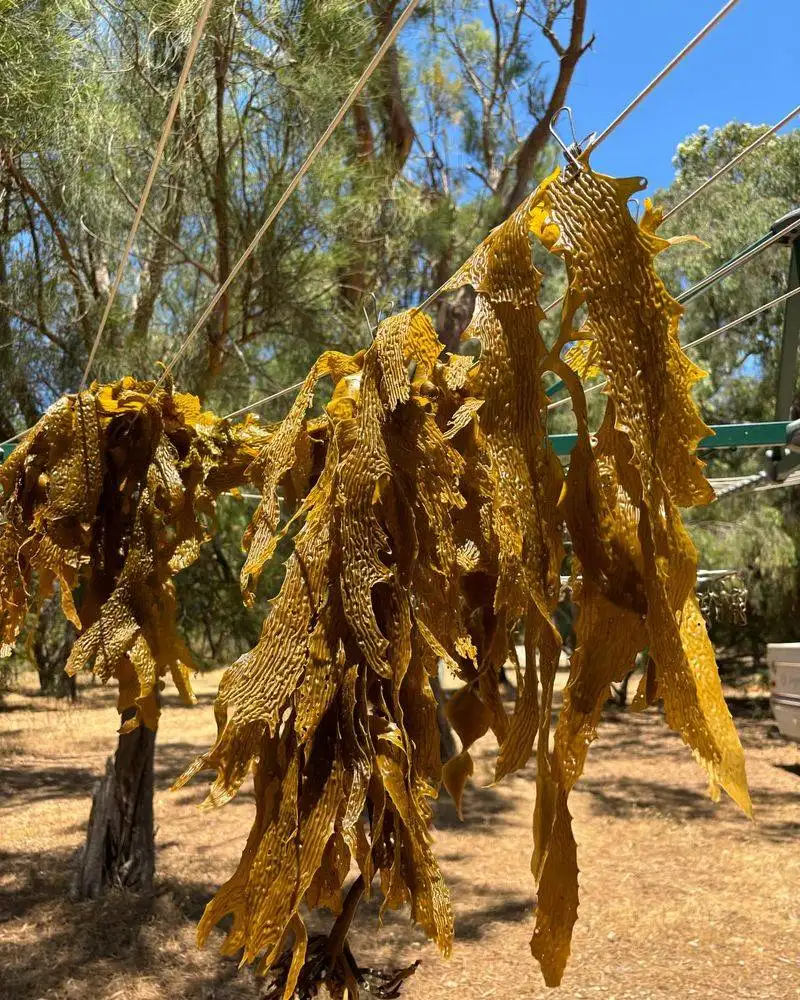
Seaweed, often overlooked, is a powerhouse of nutrients and an emerging star in sustainable agriculture. Rich in vitamins and minerals, it’s a staple in Asian cuisines and is gaining popularity in Western markets. Seaweed cultivation supports marine ecosystems and offers environmental benefits like carbon absorption. Its versatility extends to biofuel production, cosmetics, and fertilizers. As a trade item, seaweed represents a shift towards innovative, eco-friendly products. Its cultivation addresses global challenges, reflecting a forward-thinking approach to agriculture and trade.
Hops
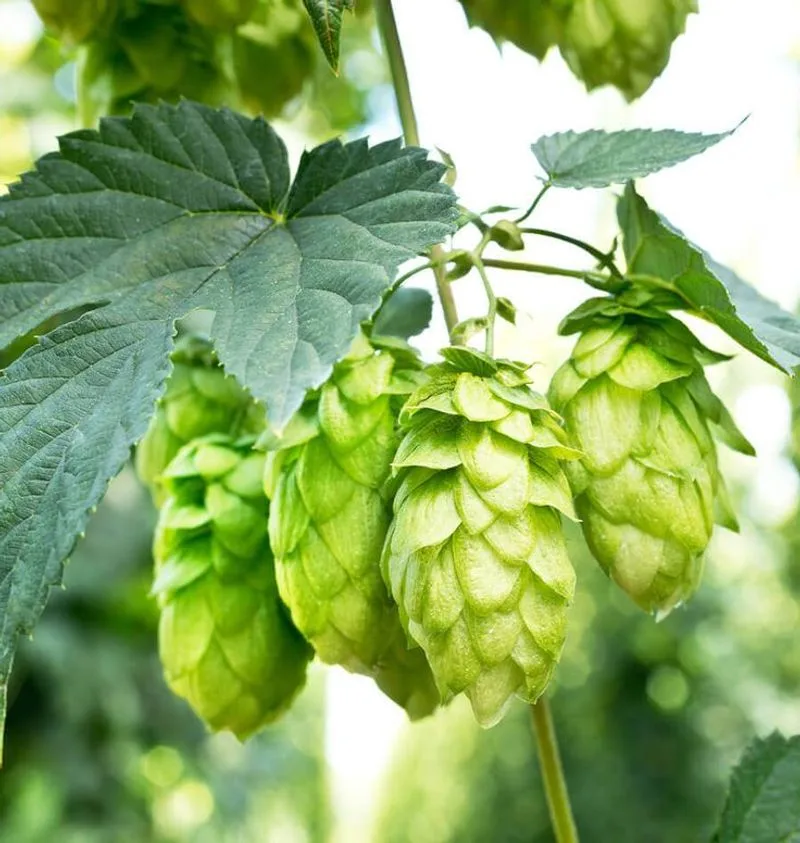
Hops, essential for brewing beer, lend distinct flavors and aromas that define different brews. Grown on tall trellises, the flowers are harvested and dried, crucial in the fermentation process. The craft beer movement has fueled a resurgence in hops production, supporting local farmers and beer enthusiasts alike. As a trade commodity, hops illustrate the intersection of agriculture and culture, driving innovation in brewing techniques. Their cultivation highlights the symbiotic relationship between traditional farming and modern consumer tastes, reinforcing their role in both domestic and international markets.
Avocado
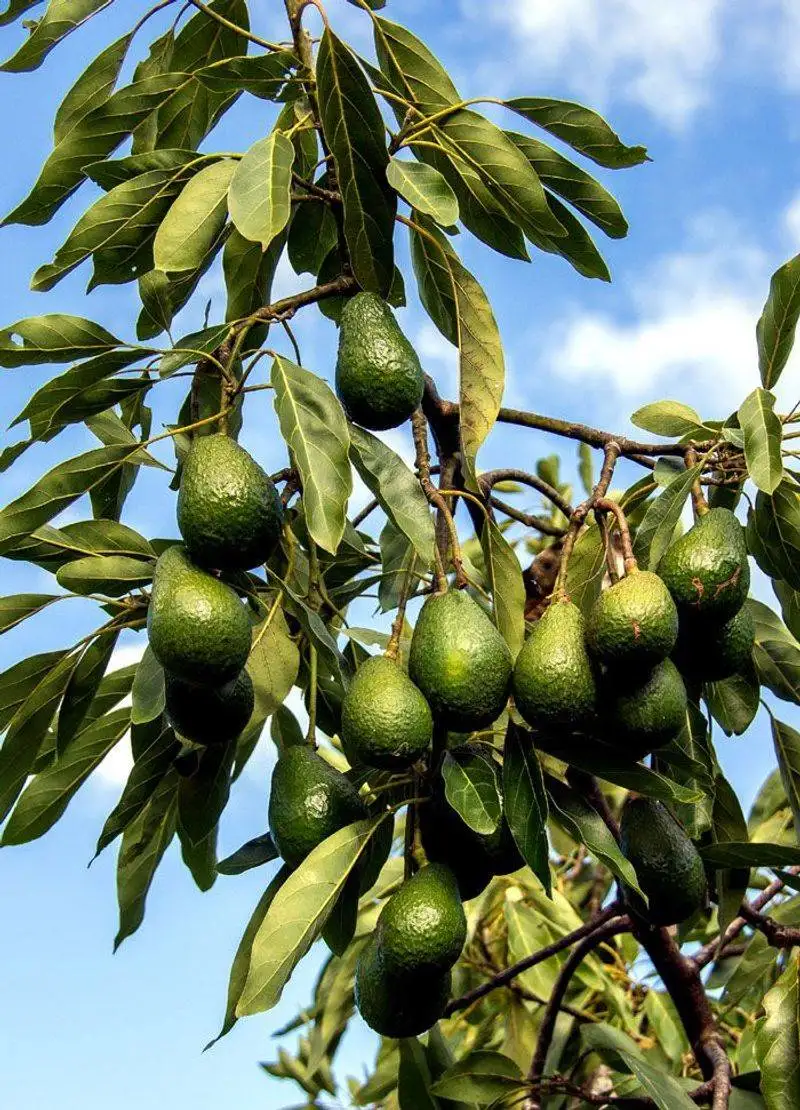
Avocados have transcended their culinary roots, becoming a symbol of trendy, health-conscious eating. The creamy fruit is celebrated for its nutritional benefits, including healthy fats and vitamins. Avocado orchards thrive in warm climates, with fruit exported globally to meet rising demand. The ‘green gold’ supports economies, particularly in regions like California and Mexico, where it plays a vital role in trade. Its popularity underscores a shift towards plant-based diets, driving agricultural practices that balance productivity with sustainability. The avocado’s appeal is as much about lifestyle as it is about taste.

